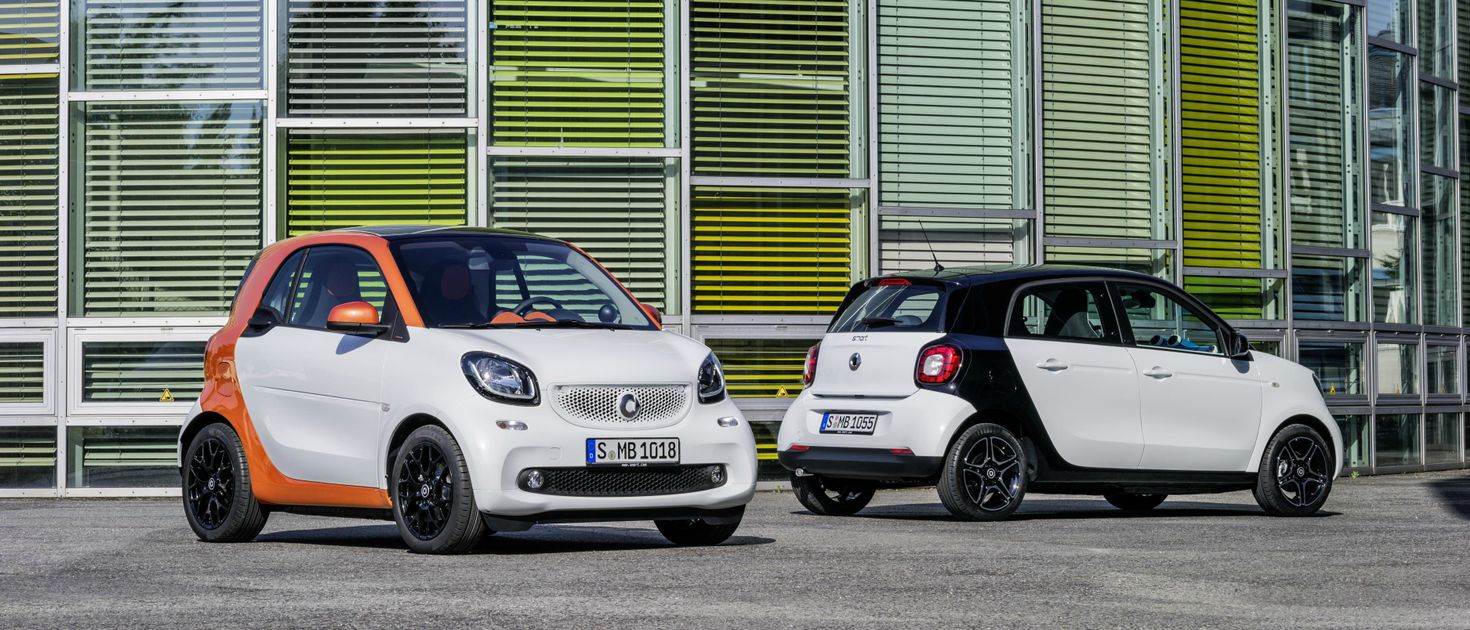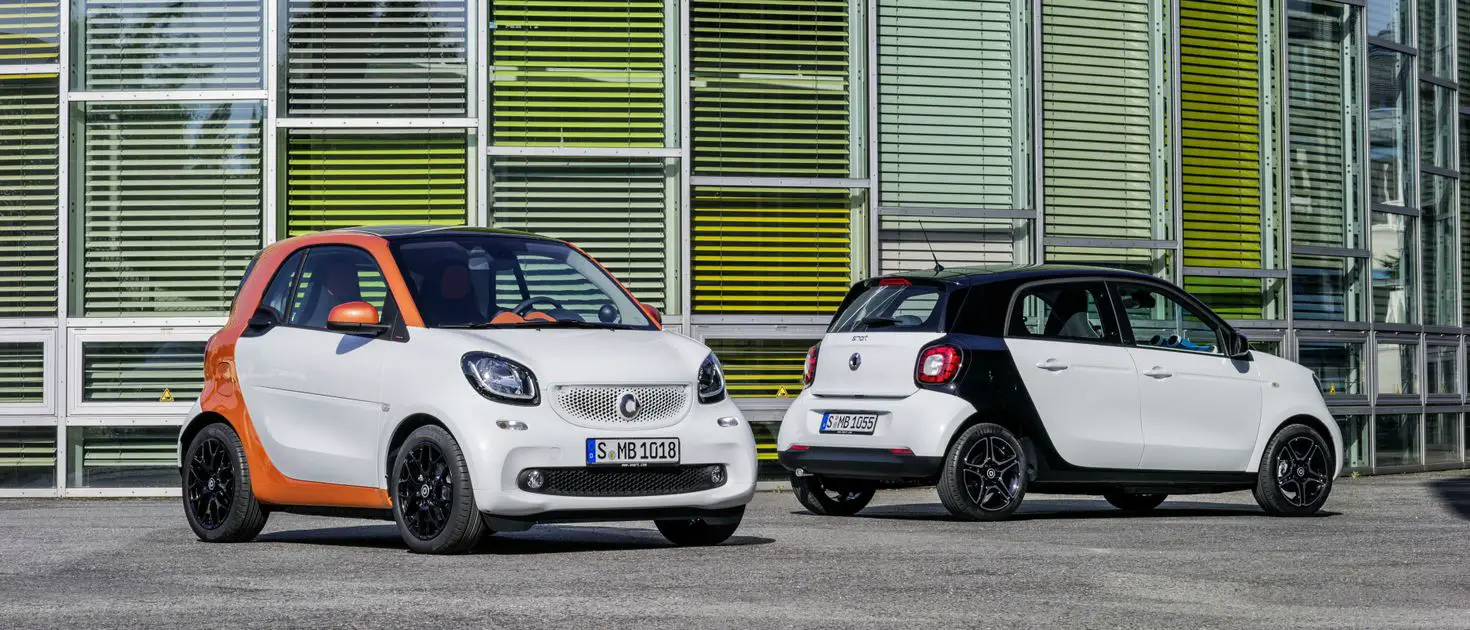Smart cars have taken the automobile industry by storm with their innovative features and sleek designs. Among the most common questions that potential buyers have is whether smart cars are all-wheel drive. This is a valid concern given that all-wheel drive vehicles are known for their superior traction and stability, particularly in adverse weather conditions.
In this article, we will delve into the question of whether smart cars are all-wheel drive. We will explore the different models of smart cars available in the market and the various features that come with each. Additionally, we will examine the benefits of all-wheel drive in cars and whether smart cars offer comparable benefits to their all-wheel drive counterparts. By the end of this article, you will have a better understanding of whether smart cars are all-wheel drive and what this means for your driving experience.
No, not all Smart cars are all-wheel drive. In fact, most Smart cars are equipped with rear-wheel drive. However, some newer models, such as the Smart Forfour, do have all-wheel drive capabilities. It’s important to check the specifications of the specific model you are interested in to determine whether or not it has all-wheel drive.

Are Smart Cars All Wheel Drive?
Smart cars have been gaining popularity over the years due to their compact size, fuel efficiency, and high-tech features. However, one question that often comes up is whether or not smart cars are all-wheel drive. In this article, we will explore this topic in detail and provide you with all the information you need to know.
What is All-Wheel Drive?
All-wheel drive, also known as AWD, is a drivetrain system that distributes power to all four wheels of a vehicle simultaneously. This system provides better traction and handling, especially in slippery conditions such as rain, snow, or ice. AWD is different from four-wheel drive (4WD) which is mainly used for off-road vehicles and heavy-duty trucks.
How Does All-Wheel Drive Work?
In an all-wheel-drive system, power is sent to all four wheels through a transfer case, a center differential, or a combination of both. This means that even if one or two wheels lose traction, the other wheels can still provide power to keep the vehicle moving. Some AWD systems are always active, while others engage only when needed.
Are Smart Cars All-Wheel Drive?
The short answer is no, smart cars are not all-wheel drive. Most smart cars are front-wheel drive, which means that power is sent to the front wheels only. However, some smart cars, such as the smart fortwo electric drive, have a rear-mounted electric motor that powers the rear wheels. This is not the same as all-wheel drive, as power is still only sent to two wheels.
Pros and Cons of All-Wheel Drive
While all-wheel drive provides better traction and handling, it also has its drawbacks. Here are some of the pros and cons of all-wheel drive:
Pros
- Improved traction and handling in slippery conditions
- Better off-road capability
- Enhanced performance and acceleration
Cons
- Higher cost compared to front-wheel drive or rear-wheel drive
- Increased weight and complexity
- Reduced fuel efficiency
Front-Wheel Drive vs. Rear-Wheel Drive vs. All-Wheel Drive
Front-wheel drive, rear-wheel drive, and all-wheel drive are the three main types of drivetrains used in cars. Here is a brief comparison of these three types:
Front-Wheel Drive
- Power is sent to the front wheels only
- Better fuel efficiency
- Good traction in normal driving conditions
- Less expensive than all-wheel drive or rear-wheel drive
- Less weight and complexity
Rear-Wheel Drive
- Power is sent to the rear wheels only
- Better handling and performance
- Good weight distribution and balance
- More expensive than front-wheel drive
- Not as good in slippery conditions
All-Wheel Drive
- Power is sent to all four wheels
- Better traction and handling in slippery conditions
- Good off-road capability
- More expensive than front-wheel drive or rear-wheel drive
- Heavier and more complex
Conclusion
In summary, smart cars are not all-wheel drive vehicles. Most smart cars are front-wheel drive, while some have a rear-mounted electric motor that powers the rear wheels. All-wheel drive provides better traction and handling, but also has its drawbacks such as increased cost and reduced fuel efficiency. When choosing a car, it’s important to consider your driving needs and the type of terrain you will be driving on.
Key Takeaways: Are Smart Cars All Wheel Drive?
- Smart cars are not all wheel drive by default. Most smart cars come with rear-wheel drive.
- However, there are some smart car models that do have all wheel drive capabilities, such as the Smart Forfour 4×4 and Smart Fortwo Electric Drive.
- Smart cars are designed to be small and efficient, which is why many models prioritize fuel economy over all wheel drive.
- While all wheel drive can provide better traction and handling in certain conditions, it may not be necessary for drivers who primarily use their smart cars for city driving.
- Ultimately, the decision of whether to opt for an all wheel drive smart car depends on the individual driver’s needs and preferences.
In summary, while smart cars are not all wheel drive by default, there are some models that offer this feature. However, the decision to choose all wheel drive should be based on individual driving needs and preferences.
SMART CAR DUNE BUGGY 😱 (IT’S FINISHED!!!)
As a professional writer, it’s important to note that the world of smart cars is constantly evolving. While some smart cars are all-wheel drive, not all models possess this feature. The decision to opt for an all-wheel drive smart car depends on a variety of factors, including the driving conditions in your area, your personal preferences, and your budget.
If you’re living in an area with harsh weather conditions, such as snow and ice, an all-wheel drive smart car could provide you with the extra traction and stability you need to stay safe on the roads. On the other hand, if you’re looking for a more affordable option, a front-wheel drive smart car may be a better fit for your budget. Ultimately, the choice is yours, and it’s important to do your research and consult with a trusted dealer before making a purchase.

